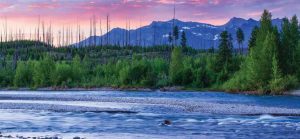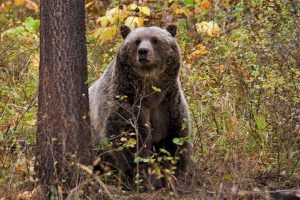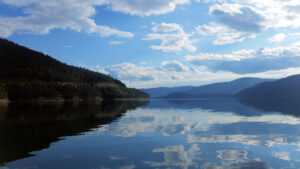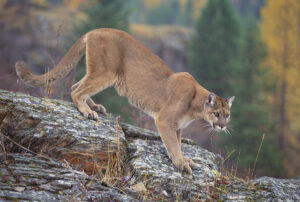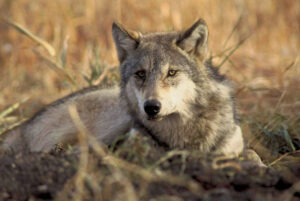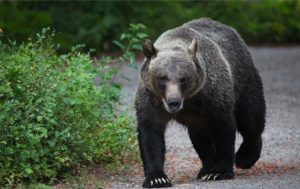
Excellent summary of the current status of the suit challenging the Flathead Forest’s rules for decommissioning roads . . .
A federal judge in Missoula issued a June 28 order recognizing that logging roads intensify pressure on grizzly bears and can displace them from their habitat even if forest managers have closed the roads to motorized use and deemed them “impassable,” an ineffective standard the agencies employ when approving new roadbuilding for timber projects on the Flathead National Forest.
Barring an appeal from the plaintiffs, the ruling concludes a legal saga that began in April 2019 when two local conservation groups, Friends of the Wild Swan and Swan View Coalition, sued the U.S. Fish and Wildlife Service (FWS) and the Flathead National Forest (FNF) over the road-building provisions in FNF’s revised forest plan. The new ruling by U.S. District Judge Dana Christensen acknowledged that grizzly bears have learned to avoid roads — even closed roads — and are often displaced from habitat that features them. The ruling builds upon a favorable decision for conservation groups in March, when a federal magistrate found that the FWS and FNF failed to lawfully examine the impacts to grizzly bears and bull trout from motorized trespass on closed roads.
Although Christensen acknowledged that the ongoing chronic problem of ineffective road closures and unauthorized motorized access can negatively impact grizzly bears, he stopped short of prohibiting approval of any future timber projects under the revised plan as currently written. Instead, Christensen remanded the provisions of the plan that violated the Endangered Species Act back to the agencies for further consideration.

